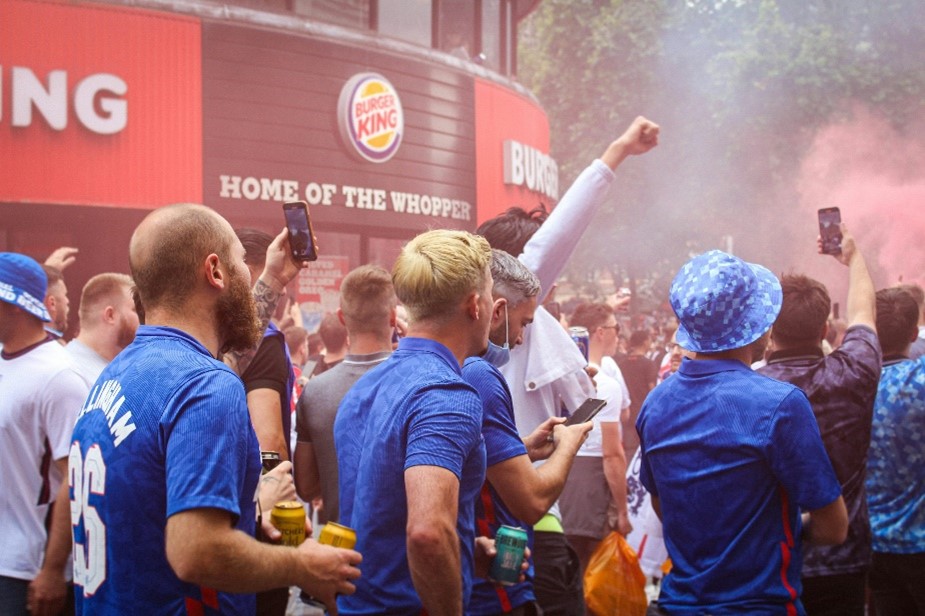This week I was invited to speak as part of a panel by The GO! Network to discuss ‘Traditional’ or ‘Digital’ PR: Finding a Strategy that Works for you.
Joined by two fellow speakers – one from a more traditional agency, one from a digital agency – it was really interesting to hear how perspectives, approaches and priorities varied. With Hatch having experts across both ‘traditional’ and ‘digital’ areas, I was keen to understand exactly how our ability to integrate everything together varies from the more specialist agencies.
From a brand perspective, it can be difficult to understand what type of PR agency you need and how to get the most from them to benefit your business.
While we all do things quite differently, there were some clear areas which we all entirely agreed on so I thought I’d share them in hopes of helping brands understand a bit more about what to expect from PR, whichever route they decide to go down.
Brand has to be a priority
When it comes to digital PR strategies, the primary focus can often be on link-building and support of the wider SEO strategy. I mean, that’s the point of digital PR, right? Well, yes…but as with anything SEO, the best way to approach things is to think like a human.
If you rank first then great. But what happens when a consumer either doesn’t recognise your brand, doesn’t trust you or worse, doesn’t like you? They’re not going to click on you, they’re going to scroll on by to the brand they know and trust in position 2.
So, while digital PR should absolutely be built to support your SEO performance, brand awareness, sentiment and engagement also need to be a priority with any activity.
Example one of the traditional v digital blur.
Integration can work for any brand
Building on the above, I believe that given the metrics available to us and the ability to measure pretty much everything, whether you think your brand needs a more traditional or digital strategy, it will actually benefit from an integrated one that considers both.
If you’re running an event, why not add in digital elements like QR codes, sign-up forms or a website with more info to link back to?
If you’re launching a digital PR campaign, why not think about OOH support to drive your creative further or running a stunt to create more awareness?
They’re just very basic examples but my point is, there’s no reason that integration can’t work for every. single. brand.
In addition, the integration of teams across an agency is also important. Don’t just expect your social media team to stick an asset from your campaign online to amplify it. They need to be involved from the very beginning to contribute to what assets and approaches will work best for social media> – we’re all experts in our own fields, and we need to use each other’s expertise to create the best activity possible.
Agree success before you even think about booking your brainstorm
Maybe the biggest point of them all. Metrics and measurement is probably the biggest difference between traditional and digital, and understanding what success looks like to the brand is a must before any creative thinking should take place.
If you go full steam ahead and run activity that gets loads of reach then great, but what if your client had a specific target media they wanted to hit that you missed? What if they wanted link-building and you didn’t consider it?
Don’t get carried away before you know the end goal. Collectively agreeing what you’re activity should be delivery means brainstorms will be more efficient and the team will know exactly what they’re aiming for.
Fast pace and agility
This point is aimed at both agencies and brands.
The ability to work quickly and efficiently is vital if you want to gain good coverage across any type of PR. Listening tools, alerts, industry knowledge and preparation all mean we can be aware of trends as they happen, but you also need to have the processes set up to ensure you can react to them, too.
Clear lines of communication, even setting up Whatsapp groups for things like this, mean that agencies and clients can draft comments or share stats quickly to make sure they’re the first in line with journos.
Be ready for PR
Finally, a big discussion point centred on making sure a brand is actually ready to maximise the benefit of PR.
There are so many things a brand needs to have in place before PR can really be effective. From a ‘traditional’ POV, you need your tone of voice, brand values, positioning, audience and, yes, you need to have your product/service live or pending.
Digital-wise, there’s only so much work links can do. If your website is poorly built or the content’s shoddy they just won’t have the impact by themselves. Everything needs to work in tandem.
Thanks so much to The GO! Network for the invite and to Sophia and Lora from Brazen and Flaunt who shared some really insightful thoughts and suggestions. For more info on our approach to PR or to find out how we can support your brand, drop us a message at hello@hatch.co.uk





